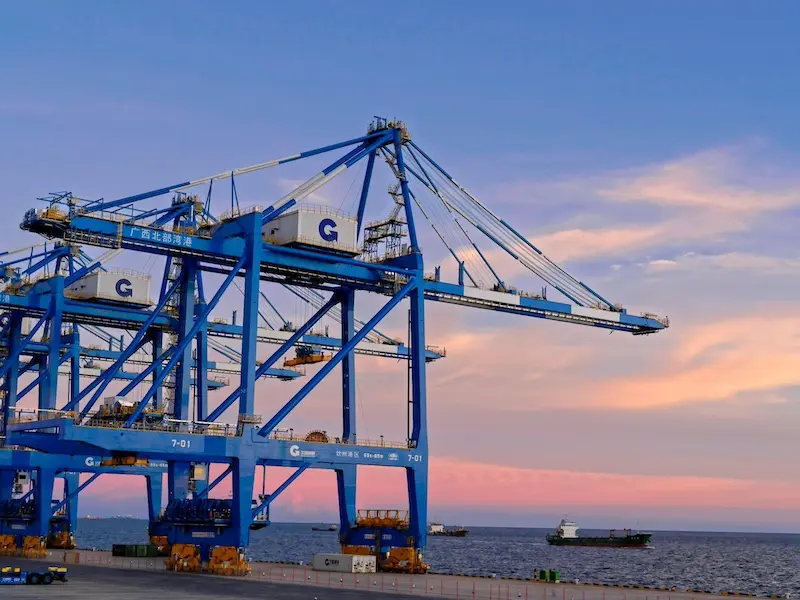- Enhanced Efficiency: Terminal automation systems streamline operations, reducing manual intervention and increasing throughput.
- Improved Safety: By minimising human involvement in hazardous environments, these systems enhance safety for workers.
- Data Integration: These systems facilitate real-time data collection and analysis, enabling better decision-making and resource management.
Terminal automation systems are revolutionising the way logistics and transportation terminals operate by integrating advanced technology to streamline processes. These systems leverage automation to enhance efficiency, reduce operational costs, and improve safety measures within terminal environments.
As industries face increasing demands for speed and reliability, adopting terminal automation becomes essential. The shift not only optimises workflows but also integrates data analytics, which plays a crucial role in informed decision-making. By understanding the significance of these systems, businesses can prepare for a more automated future in supply chain management.
The definition of terminal automation systems
Terminal automation systems are advanced technology solutions designed to streamline and optimise operations in many industries, particularly terminals that include airports, seaports, and gasoline depots. TAS integrates hardware, software programs, and verbal exchange infrastructure to automate processes, improve performance, and increase average performance.
Also read: PowerNet is the first company to import and install V-Sat terminals in Liberia
Also read: Unveiling the optical network terminal: Your gateway to fast internet
Development and importance of terminal automation systems
Terminal automation systems have evolved significantly, keeping pace with technological improvements and increasing performance requirements. The importance of TAS lies in its potential to replace manual and error-prone tasks with computerised and unique procedures. With TAS, terminals can gain better inventory control, practical resource optimisation, security, and information integrity.
Key components of the terminal automation system
Hardware components: The hardware components of a terminal automation system include various aids, including sensors, meters, pumps, valves, and control structures. These additives color together to monitor and manipulate the product stream, ensuring accurate measurements, efficient processing, and stable transfer.
Software components: The software program components of a terminal automation system include intelligent algorithms, databases, and consumer interfaces that facilitate the management and orchestration of terminal operations. These software answers enable seamless communication, fact analysis, and decision-making, ensuring easy and error-free strategies.
Communication infrastructure: The conversational infrastructure of the terminal automation system enables the exchange of statistics between different ingredients, gadgets, and stakeholders. It comprises networks, protocols, and interfaces allowing real-time data switching, remote monitoring, and manipulation. This infrastructure ensures green coordination and cooperation around the terminal.
Functionality and benefits of terminal automation systems
Automated inventory management: Terminal automation systems enable correct and automated inventory management, eliminate the need to enter accompanying information, and reduce the risk of errors. These structures track product movement, keep stock ranges in real-time, and generate reviews, ensuring the most fulfilled inventory phases and green replenishment techniques.
Efficient operation and optimisation of resources: TAS optimises terminal operations by automating procedures and minimising human intervention. It enables efficient allocation of assets, reduces the number of cases of turnover, and gets rid of bottlenecks. By streamlining operations, TAS increases productivity, reduces costs, and improves typical terminal performance.
Enhanced Safety and Security: Terminal automation systems improve safety and security by enforcing superior monitoring and handling mechanisms. These structures detect anomalies, manipulate control access, and implement security protocols. TAS reduces the risk of accidents, spills, and unauthorised activity by minimising human error and ensuring compliance.
Improved Data Accuracy and Integrity: With TAS, the accuracy and integrity of information is significantly better. Automated measurements, real-time information synchronisation, and centralised databases reduce discrepancies and inconsistencies. This guarantees reliable statistics for decision-making, compliance, and financial reporting.

